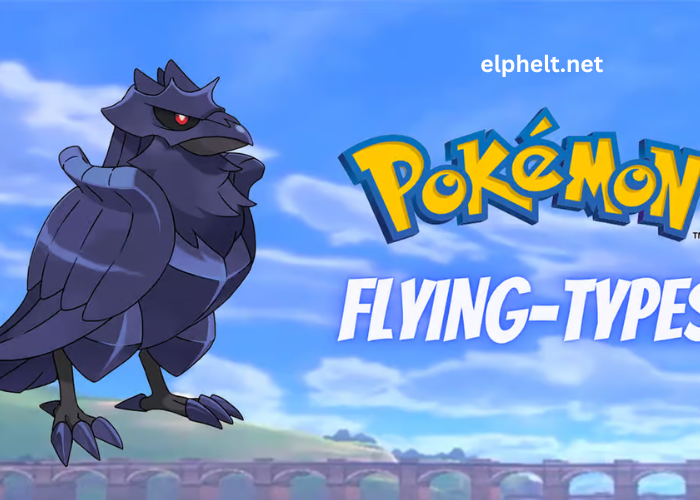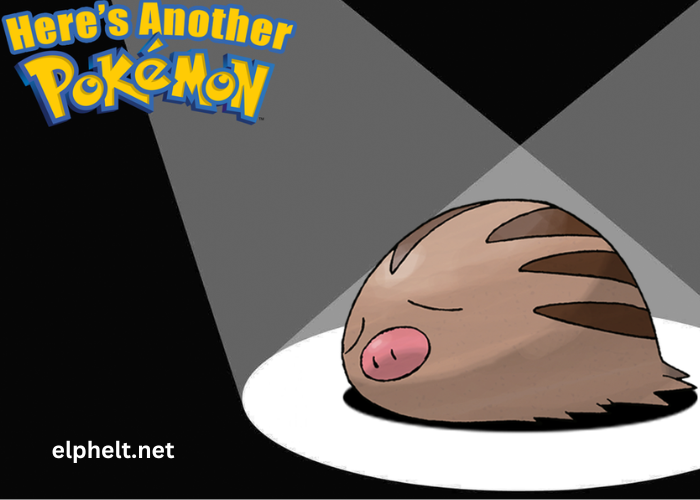Fletchling, a Normal/Flying type Pokémon, is a small yet powerful bird-like creature that has captured the hearts of many Pokémon trainers around the world. Despite its relatively humble beginnings, Fletchling evolves into a much stronger Pokémon, making it an excellent choice for both beginners and seasoned trainers alike. Its combination of Normal and Flying types offers a balanced mix of offensive and defensive traits, which makes it an interesting Pokémon to use in battles.
In this blog post, we’ll explore Fletchling’s abilities, traits, and strengths as a Normal/Flying type Pokémon. We’ll also take a closer look at how to use it effectively in your team and how it performs in various battle scenarios.
Whether you’re new to the world of Pokémon or just curious about Fletchling’s role in the Pokémon universe, this article will provide you with all the key details.
Key Points:
- Fletchling is a versatile Normal/Flying type Pokémon.
- It evolves into Fletchinder, increasing its strength.
- Fletchling can learn both Normal and Flying-type moves.
What Are Fletchling’s Abilities and Characteristics?
Fletchling’s primary appeal comes from its abilities and traits, which make it stand out as a unique Pokémon. As a Normal/Flying type, it has access to a variety of moves that take advantage of both of its types. Fletchling’s abilities allow it to be flexible in battle, both offensively and defensively. Let’s explore its abilities in more detail.
Guts and Big Pecks Abilities
Fletchling has two possible abilities: Guts and Big Pecks. Guts is a powerful ability that boosts Fletchling’s Attack stat if it is affected by a status condition, such as Paralysis or Burn. This makes Fletchling a strong contender for offensive strategies, especially in longer battles where status conditions might come into play.
On the other hand, the Big Pecks ability prevents Fletchling’s Defense stat from being lowered by moves like “Growl” or “Leer,” making it more durable against status-reducing tactics. Both of these abilities have their advantages, depending on the situation and the trainer’s strategy.
Table: Fletchling’s Abilities
| Ability | Effect |
| Guts | Increases Attack if affected by a status condition. |
| Big Pecks | Prevents Defense from being lowered. |
Note: Choosing the right ability for Fletchling depends on your battle strategy and whether you want it to be offensive or defensive.
How Does Fletchling’s Typing Affect Its Battle Performance?
Fletchling’s Normal/Flying typing plays a significant role in its overall performance in battle. The Normal typing provides a variety of strong moves, including “Quick Attack” and “Tackle,” while the Flying type gives Fletchling access to moves such as “Aerial Ace” and “Wing Attack.” Understanding how these types affect its battle performance is crucial for trainers looking to get the most out of Fletchling.
Strengths of Normal/Flying Type
The Flying type offers several advantages in battle. It allows Fletchling to deal significant damage to Grass, Bug, and Fighting-type Pokémon. Additionally, Flying-type moves are useful for hitting opponents with high Defense stats. Normal-type moves, on the other hand, are useful for dealing with a wide range of other types and can often be used to hit Pokémon that do not have specific resistances to Normal-type attacks.
Weaknesses of Normal/Flying Type
However, the Normal/Flying typing also comes with certain weaknesses. For example, Fletchling is weak to Electric-type, Ice-type, and Rock-type moves, as these types are particularly effective against Flying-type Pokémon. Additionally, the Normal typing makes it vulnerable to Fighting-type moves. Trainers must be mindful of these weaknesses when using Fletchling in battle, ensuring they have backup plans in place to protect it from these types.
Table: Fletchling’s Type Strengths and Weaknesses
| Type Combination | Strengths | Weaknesses |
| Normal/Flying | Strong against Grass, Bug, and Fighting | Weak to Electric, Ice, Rock, and Fighting |
Note: Fletchling’s Normal/Flying typing makes it a strong offensive Pokémon but vulnerable to certain types, requiring careful battle tactics.
How to Evolve Fletchling Into Fletchinder and Talonflame?
Fletchling is just the beginning of this Pokémon’s journey. As it gains experience in battle, Fletchling can evolve into Fletchinder at level 17, and then into Talonflame at level 35. The evolution process significantly boosts its stats, especially its Attack and Speed, making it a formidable fighter in higher-level battles. Let’s take a look at how these evolutions impact Fletchling’s performance.
Fletchinder: The First Evolution
Fletchinder is a Fire/Flying type Pokémon and is a direct evolution of Fletchling. Once Fletchling evolves into Fletchinder, it gains access to Fire-type moves like “Flame Charge” and “Ember.” This gives it more versatility in battle, as it can deal with Ice, Steel, Bug, and Grass-type Pokémon with its Fire-type moves. Fletchinder also becomes faster and more powerful in terms of its overall stats.
Talonflame: The Final Evolution
Talonflame is the final evolution of Fletchling, and it’s a powerful Fire/Flying type Pokémon. Talonflame boasts high Speed and Attack stats, making it an excellent choice for offensive strategies. It can learn moves like “Brave Bird” and “Flare Blitz,” which allow it to deal substantial damage to a wide variety of opponents. Talonflame is a strong, fast, and offensive Pokémon that can be a game-changer in battle.
Table: Evolution of Fletchling
| Evolution | Type | Key Move at Evolution | Notable Stat Boosts |
| Fletchling | Normal/Flying | Quick Attack, Tackle | Base stats: low Attack and Speed |
| Fletchinder | Fire/Flying | Flame Charge, Ember | Base stats: Boosted Attack and Speed |
| Talonflame | Fire/Flying | Brave Bird, Flare Blitz | High Attack and Speed |
Conclusion
Fletchling, the Normal/Flying type Pokémon, is more than just a cute bird. It’s a versatile and useful Pokémon that can serve both offensive and defensive roles. Its unique combination of Normal and Flying types, along with its abilities, makes it a valuable addition to any team. While it starts out small, Fletchling’s evolution into Fletchinder and then Talonflame makes it a formidable force in battle.
Whether you’re just starting out or already a seasoned trainer, Fletchling offers a great opportunity to build a strong Pokémon team. With the right strategy, you can use this Pokémon’s strengths to your advantage and take on a variety of opponents in battle.
FAQ’s
- What moves should I teach Fletchling?
- Teach Fletchling moves like “Quick Attack” and “Aerial Ace” to take advantage of its high Speed and offensive capabilities.
- How do I evolve Fletchling?
- Fletchling evolves into Fletchinder at level 17 and then into Talonflame at level 35.
- What are Fletchling’s strengths in battle?
- Fletchling is strong against Grass, Bug, and Fighting-types and can learn powerful Flying-type moves.
- What are Fletchling’s weaknesses in battle?
- Fletchling is weak to Electric, Ice, Rock, and Fighting-type moves, so be careful when facing these types.
- Is Fletchling a good Pokémon for beginners?
- Yes, Fletchling is a great choice for beginners due to its balance of offensive and defensive moves, as well as its easy evolution path.







